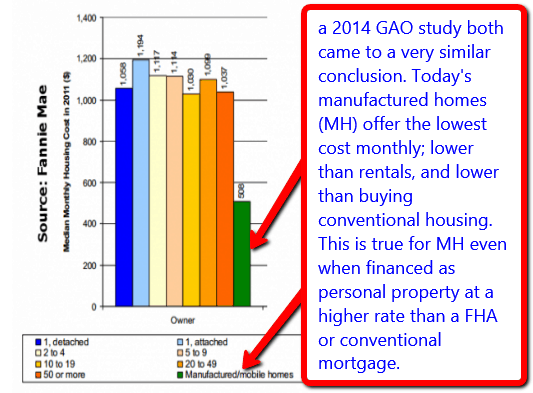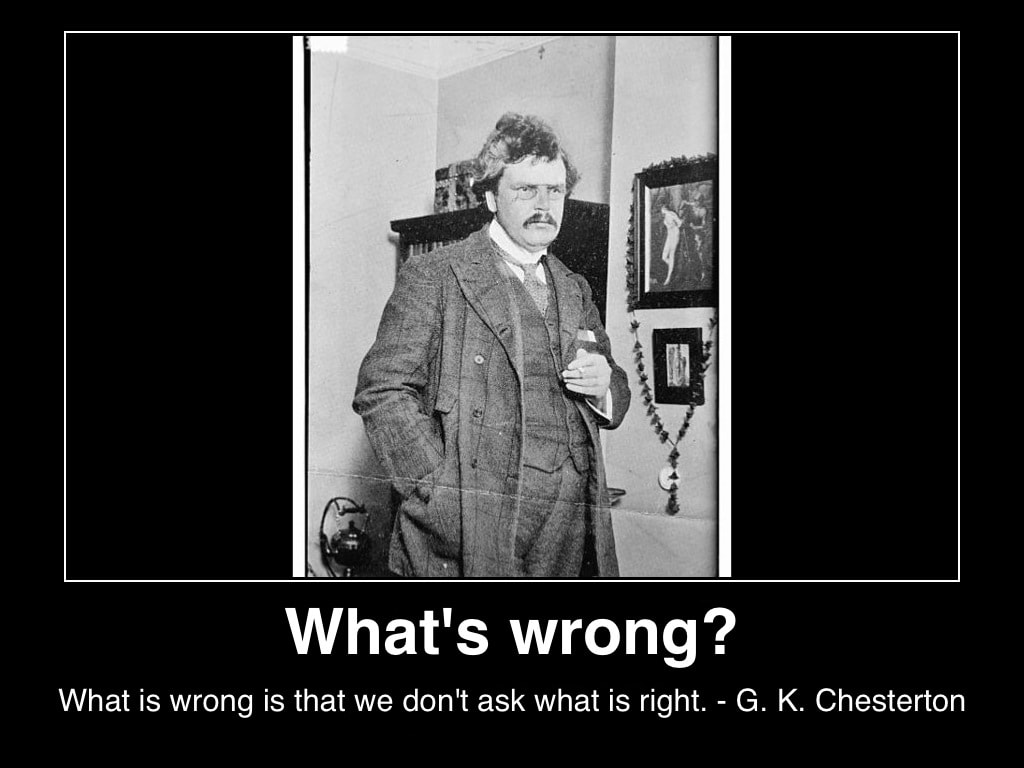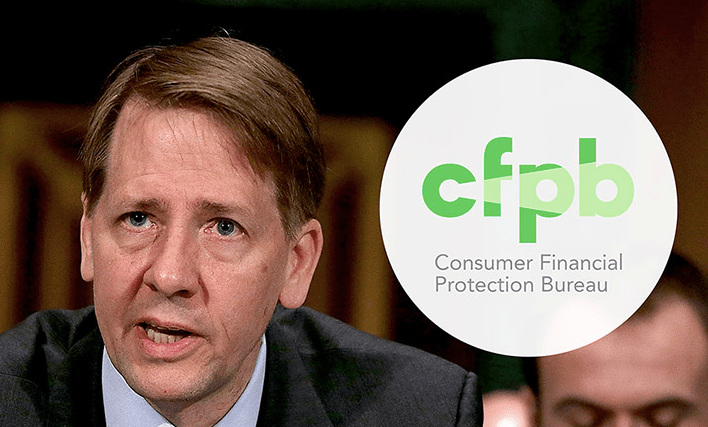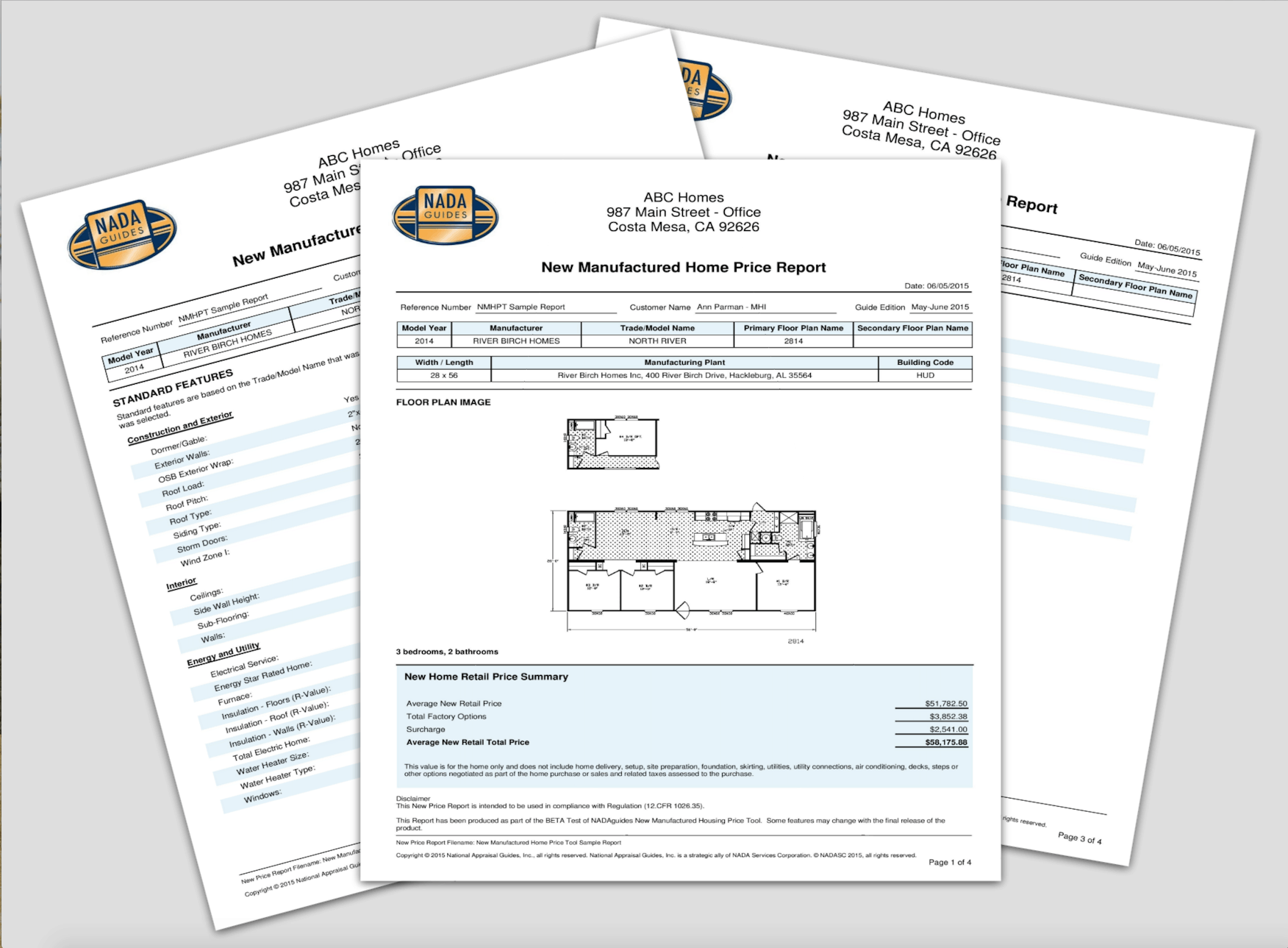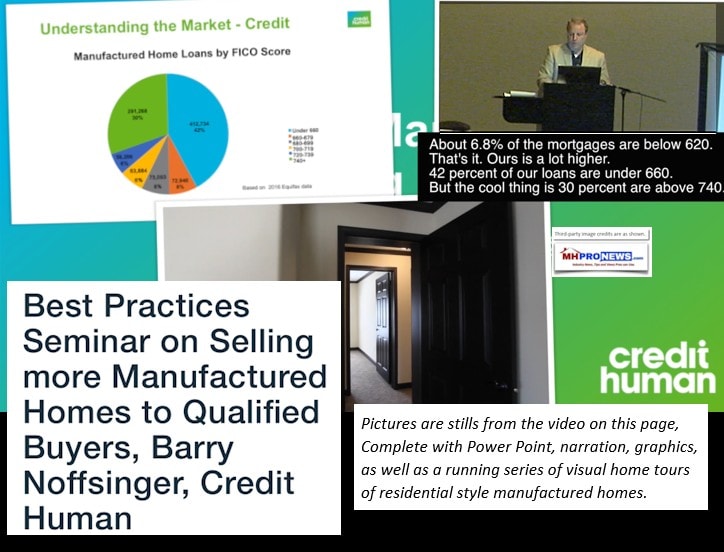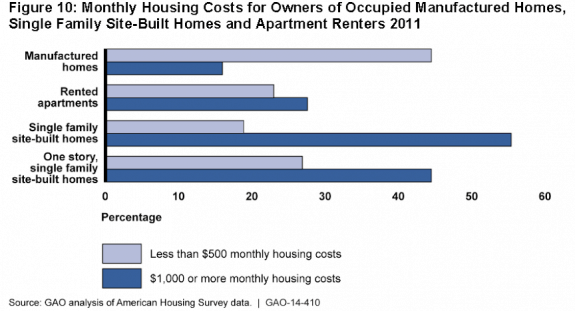Industry in Focus Report
by Eric Miller, MHMSM.com journalist
Grand Rapids, MI –The Insurance Marketing Communications Association recently honored Foremost Insurance with its Showcase Award of Excellence for its Manufactured Homes: The Market Facts 2008 Report. Foremost has been a major player in the mobile-home turned manufactured-home insurance market since the company’s inception in 1952, and did its first market study in 1979.
Some things have changed over the years, some have been stubbornly persistent.
Today, manufactured home owners have more electronics and many owners are using social networks–but largely they still refer to their dwellings as “mobile homes.”
In 2008, 61 percent responded to the question of “When someone asks what type of residence it is, what do you call it?” with “mobile home.” Two percent called it a “modular home” and 16 percent responded with “manufactured home.”
Industry consultant Eddie Hicks comments that the industry might prefer the term “manufactured home.” Even some inside the industry add to the name issue and confusion. In one particular case, he says, a major owner of land-lease communities is referring to manufactured homes as “modulars” in their advertising because it’s more palatable to the general public.
Also of interest, while the use of the term “manufactured home” increased from 1999 to 2005, the frequency of that response was on the decline again between 2005 and 2008. Foremost Market Research Manager JoAnna Carey explains it this way: “I don’t know that the consumers answering questions are thinking of technical things. For them it’s simply a home.”
The study also provided a look at financing over time. In 2008, 64 percent of homeowners financed at time of purchase, a small decrease from the 67 percent who financed at the time of purchase in 1990, but not what might be expected from the current scarcity of financing. Moreover in 2005, 68 percent said they had financed at the time of purchase.
The size of manufactured homes has also increased, according to the Foremost study. In 2008, 46 percent of respondents said their homes were multi-sectional, an increase from just 27 percent in 1990.
Market Research Shows Technology Impacts the Manufactured Home Industry
In a phone conversation, Carey made special note of the technologies present in manufactured homes and utilized by homeowners. For example, the number of people living in manufactured homes who use cell phones has steadily risen from just six percent in 1990 to 85 percent in 1995–an increase of 79 percent. Manufactured home residents are also using the internet more. Sixty-seven percent shop and pay bills online. Thirty-nine percent use social networks, Facebook or blogging.
One thing this can mean to an insurer is more electronic equipment in manufactured homes to cover against loss. What it can mean to the industry is that if consumers are shopping generally in new ways, they may also be shopping for homes in new ways. To Hicks, those are changes in consumer behavior the industry has not made significant attempts to adapt to.
Likening the manufactured home industry to the auto industry because both have a system of manufacturers and retailers, Hicks noted one important distinction. In the auto industry, the manufacturer performs functions such as consumer research, marketing, positioning and a significant amount of advertising. But in the manufactured housing industry, these functions have in large part been left to mom-and-pop retailers; retailers who, he says, are not equipped to perform such tasks.
“Over the years I’ve seen manufactured home products get better and better, yet the image of the products goes downhill,” Hicks says. “When the industry makes an improvement, it doesn’t get promoted properly.”
Hicks comments that the manufactured housing industry has not undertaken such market studies, and the studies from ancillary companies like Foremost and also Owens-Corning don’t look at the whole picture–namely, leaving out insight on people who don’t buy manufactured homes.
“Manufactured housing (in the United States) spends very little on market research and planning,” Hicks comments. “In Japan, its 10-12 percent of the budget.”
Foremost Uses Information to Better Products
As a result of information gained through the survey, Foremost has implemented changes to its policies. Mike Cok, Foremost vice president of specialty property product management, described improvements to the manufactured home insurance product including providing additional coverage and packaging options. The remarketed product under the name Distinct Choice Manufactured Home is completing its rollout at the end of 2010.
One semantic, but none-the-less important change, helps make it clear to lien holders that the policies are a homeowners-like product. Also developed were “plus and platinum” packages that allow consumers to select extended replacement costs for electronics and other items.
For manufacturers, community owners and retailers, the award-winning Foremost study provides some needed market research. It also provides an example of a company using that research to adapt and properly promote its products. It’s an example some analysts say the manufactured home industry would do well to imitate.
The study looked at manufactured homes and their occupants, generally using census data, and was not limited to Foremost insureds.
Link to Study:
http://cp.foremost.com/market-facts-2008/9001479_MH_NFO_08_lores.pdf















